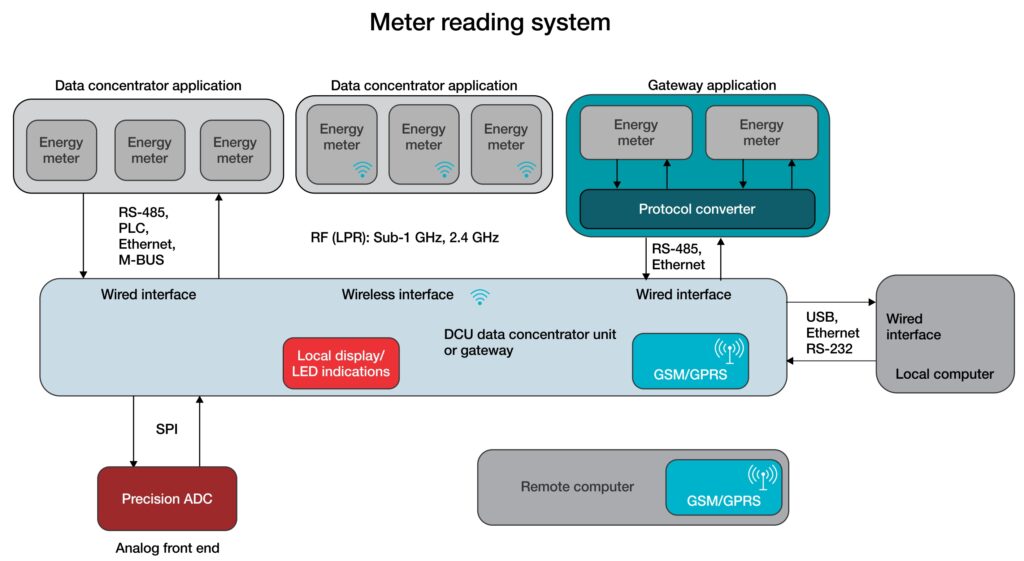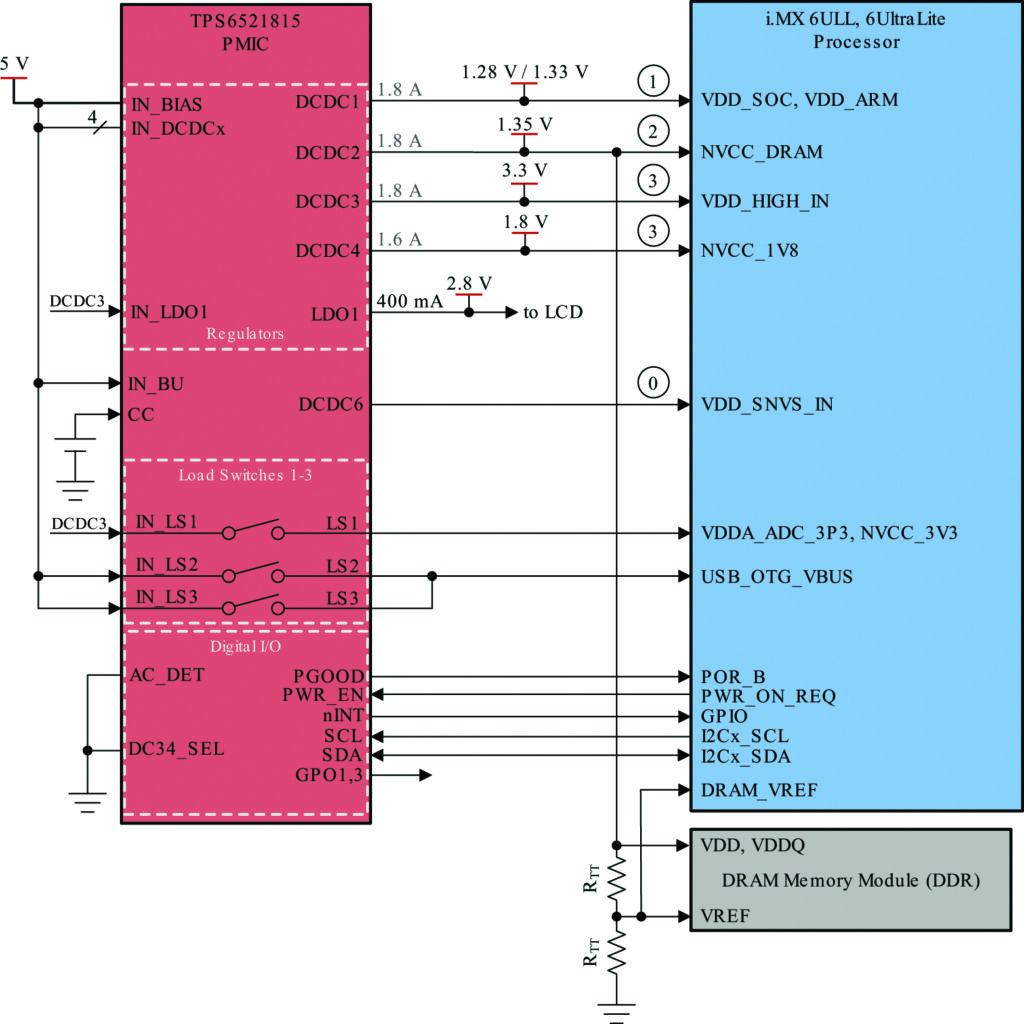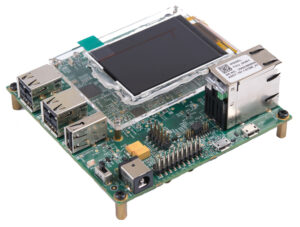By Shashank Sharma, Texas Instruments
For years, countries have been reforming their advanced metering infrastructure with smart meters, which measure not only electrical energy consumption and transfer that data to utility companies, but also enable two-way communication between the consumer and utility companies. This data includes consumption behavior, system monitoring, tamper detection, and customer billing. With that information, the utility companies can implement a variety of load-reduction and energy-saving programs, which help reduce the cost of providing electricity to a community.
With millions of smart meter installations, there is an ever-increasing need to measure, collect and analyze energy usage. The data must go to a central database for troubleshooting, variable-rate billing (peak cycle), and load monitoring. Data concentrator units (DCUs) or gateway applications become a vital node in the smart grid, as they securely aggregate data from several meters and send it to utility servers to enable smooth communication, as illustrated in Figure 1.

Communications from the meter to the network can be wireless (Wi-Fi, ZigBee, Wi-SUN) or through fixed wired connections such as a power-line carrier. A DCU or a gateway typically requires a powerful Arm processor with a number of peripherals to communicate with multiple meters and process large amounts of data from smart meters in the network.
Since there are multiple vendors for microprocessor units (MPUs), including Arm-based processors from Texas Instruments (TI), it is common to see a wide variety of processors. However, what is not common is having an optimized power supply for each of these MPUs. Some designers implement discrete solutions, which increases board space and electromagnetic interference (EMI) issues.
In this article, I will talk about the system requirements of DCUs, and how a new generation of integrated power-management integrated circuits (PMICs) can optimize data concentrator power-supply designs.
Reducing system form factors
With outdoor installations of data concentrators, it is understandable that utility companies want them suitable for rugged environments in a smaller size (for easy, faster installation and transportation). An Arm processor demands a fixed area, leaving less space for power and other peripheral components on the board. A small-package PMIC with an integrated sequencer can help solve this problem by providing multiple DC/DC converters and low-dropout regulators (LDOs) to power the processor and peripherals (SD card, Ethernet, USB, LCD).
Figure 2 shows how the TI TPS6521815 user-programmable PMIC powers a processor that needs four step-down converters to provide a 1.28-V power rail for the Arm and system-on-chip (SoC) cores, 1.35 V for double-data-rate three low voltage (DDR3L or DDR3) memory, and 1.8-V and 3.3-V rails for input/outputs (I/Os). An LDO provides 2.8 V for an LCD screen I/O. The TPS6521815 comes in a 6-mm-by-6-mm very thin quad flat no-lead package; once programmed, the device automatically sequences the processor rails in the correct power-up sequence, saving the cost and space of an external sequencer.

Supporting a wider input supply range
Typically, 5 VDC is the main input voltage to the data concentrator board. However, not all PMICs support 5-V inputs. It is very common to use a PMIC recommended by an SoC vendor, but the suggested PMIC may not necessarily be a good fit for your DCU or gateway system. For example, the processor vendor may recommend older-generation PMICs with an input voltage range of 4.5 V or lower. These PMICs require a pre-regulator to step down the initial 5 V to 3.3 V, increasing cost and board space.
In such scenarios, I advise using a wider input range PMIC that can support 5 V or higher so that you can eliminate the need for an external buck regulator. A user-programmable PMIC has voltage and sequencing settings that you can program to power a variety of processors.
System monitoring and fault handling
Supply and fault monitoring are important aspects for data concentrator and gateway systems. A PMIC can detect overcurrent, undervoltage, overvoltage, overtemperature, and main supply undervoltage lockout faults and take immediate action without waiting for the main processor to take control, although the PMIC communicates the detected fault to the processor. In parallel, the PMIC initiates a pre-programmed shutdown sequence to prevent damage to the system.
Faster time to market
Field tests and approval of data concentrator units are significantly time-consuming. Using field-proven technology mitigates risk and can help improve time to market.
One way to simplify design and reduce time to market is by using do-it-yourself (DIY) or user-programmable PMICs. These DIY PMICs can program nonvolatile EEPROM memory to generate specific voltages, sequencing, and other special features such as general-purpose input/output control and voltage-monitoring thresholds. You can continue to use the same PMIC to power a variety of processors with different power architectures.
The TIDA-050043 is a user-programmable PMIC reference design (Figure 3) that uses TI’s TPS6521815 PMIC and addresses several challenges associated with data concentrator or gateway designs. It provides an alternate power solution for projects using processors from various vendors.

Regardless of processor vendor, you can program user-programmable PMICs yourself or use pre-programmed versions tailored to specific processors.
Conclusion
A data concentrator or gateway is the core of the advanced metering infrastructure. PMICs provide high-level integration and system monitoring in a small package size. For these intelligent systems, small size, low cost, a wider input range, fault monitoring, and faster time to market are important factors to consider during the power design phase.
In the future, designers will continue to be pushed toward optimizing their layouts without sacrificing efficiency or thermal performance. In addition to the smaller size, mitigating EMI and achieving low noise and high precision are additional challenges. Innovation in the multichannel power-management space will help address these challenges by providing high power density, low noise, and low EMI through new processes, packaging, and circuit design technologies.
Additional resources
- “Powering Processors and FPGAs with a Single Family of PMICs – TPS6218515, TPS6521825 and TPS65218D0.”
- “How to Design Flexible Processor Power Systems Using PMICs.”






